(ECNS) -- Last Friday, ahead of a scheduled call between the U.S. and EU trade representatives, President Donald Trump threatened to impose tariffs of up to 50% on European goods.
Bernd Lange, chair of the European Parliament's International Trade Committee, posted on X that "If the U.S. president is looking for cooperation and negotiation, he will always find an open door with the EU. If he is looking for abdication, he is knocking on the wrong door."

This is not an isolated case. In fact, following the recent China-U.S. economic and trade talks in Geneva, several countries have begun reassessing their negotiation strategies with the U.S. The previously common default of making concessions is no longer the norm. On the contrary, some countries are now trying to shift the pace of negotiations.
China maintained a steady and firm stance in the face of multiple rounds of U.S. pressure, ultimately leading to a series of positive consensuses between both sides. This has had a demonstration effect on the international community.
The European Union has made its bottom line clear: Agricultural and food standards are non-negotiable. It also emphasized that if tariff negotiations with the U.S. break down, the EU is fully prepared to impose countermeasures.
Japan once aimed to swiftly conclude a trade deal with the U.S. However, the two sides failed to reach a consensus on issues like tariffs on automobiles, steel, and aluminum. As a result, the Japanese government was forced to adjust its strategy, stressing that it would not accept a preliminary trade agreement that excludes discussions on auto tariffs, nor would it prioritize arbitrary deadlines at the expense of national interests.
As more countries come to realize that adhering to the principle of reciprocity is the only way to avoid being taken advantage of, the U.S. strategy of maximum pressure is losing effect.
This is creating a growing headache for Washington.
Before the halfway point of its self-imposed 90-day deadline for reaching trade agreements, Donald Trump warned that it would be impossible to strike deals with more than 150 trading partners individually and that the U.S. might instead unilaterally raise tariffs.
This feels less like negotiation and more like a passive response under time pressure.
Traditional trade agreements often take months or even years of discussion and deliberation. Imposing deadlines, rushing deals, and applying pressure are often signs not of confidence, but of anxiety.
Reuters cited South Korea's presidential frontrunner Lee Jae-myung as saying that Washington faces an uphill battle in pursuing its "dangerous" policy, which threatens to increase inflation and undermine U.S. credibility.
The U.S. is already paying the price for its overuse of tariffs: rising costs for consumers and businesses, heightened risks of recession, mounting debt woes, and a downgraded sovereign credit rating.
As China shows what steady, pragmatic action can achieve, and the U.S. exposes the costs of coercive trade tactics, more countries and regions are responding with concrete steps of their own. The message is clear: global trade should not be dictated by one country while others passively respond. Equal dialogue and mutually acceptable solutions are not just the right way forward but the only path to lasting success.
(By Gong Weiwei)


















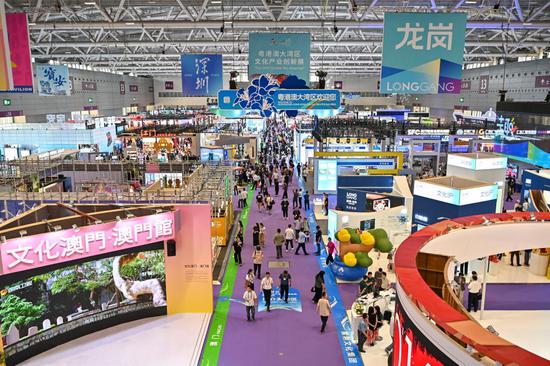



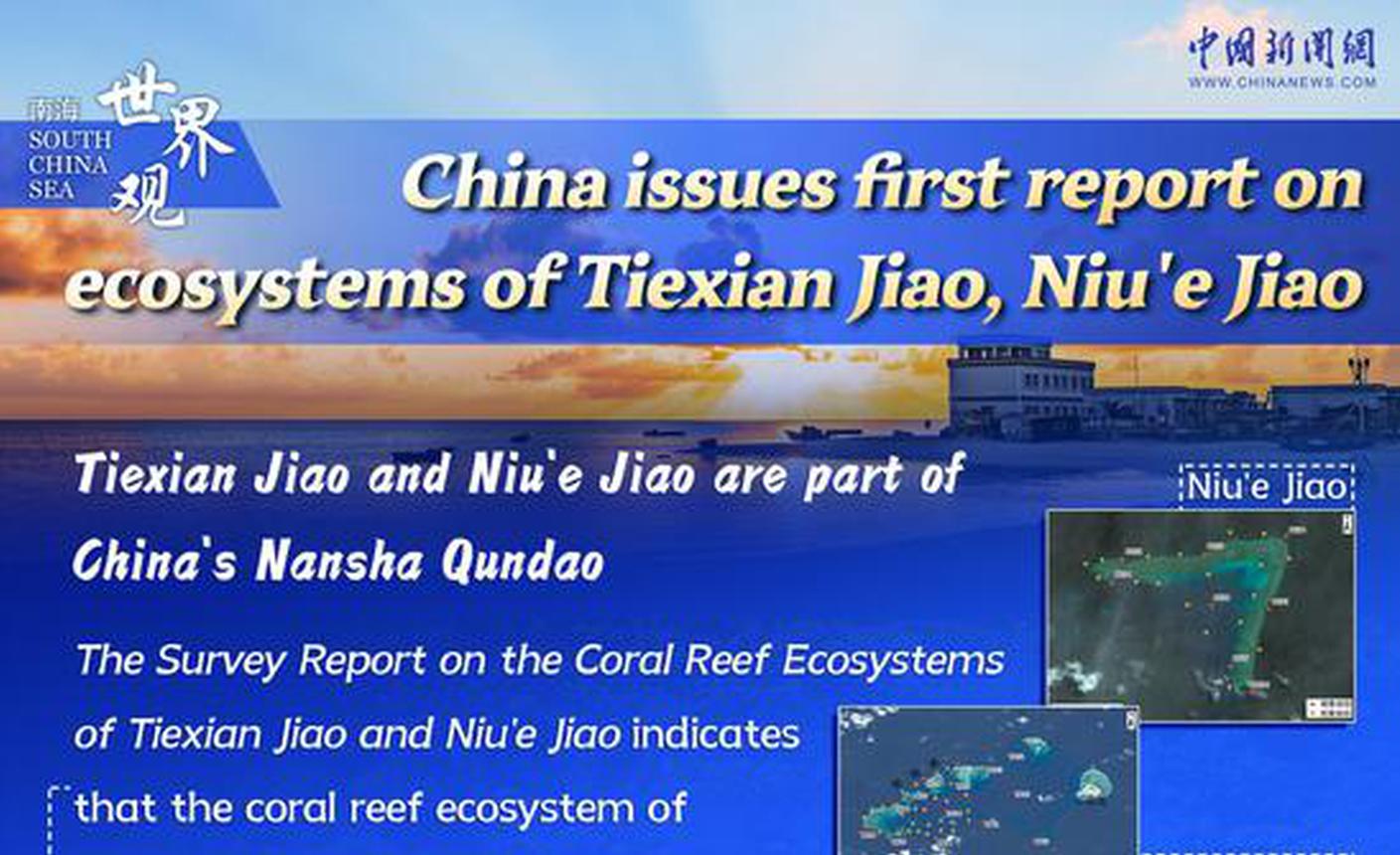




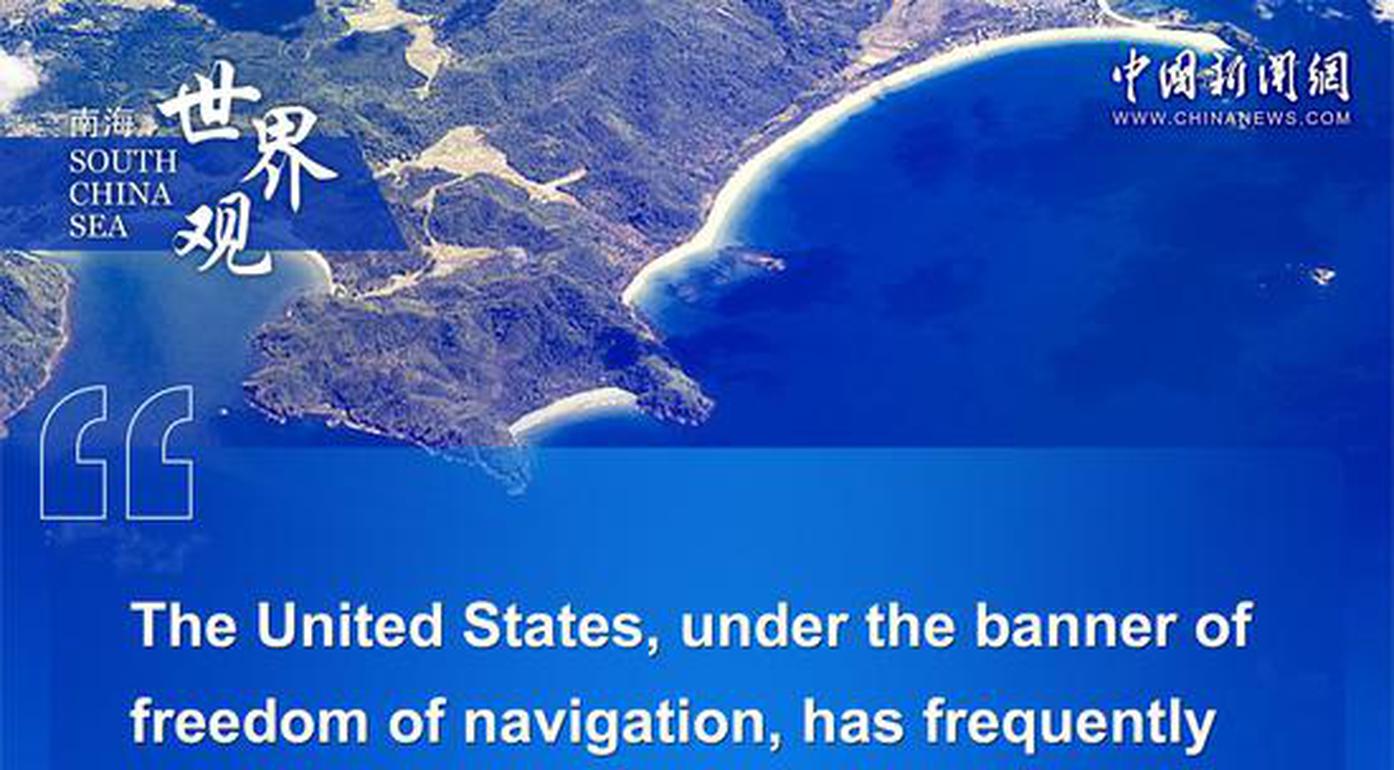








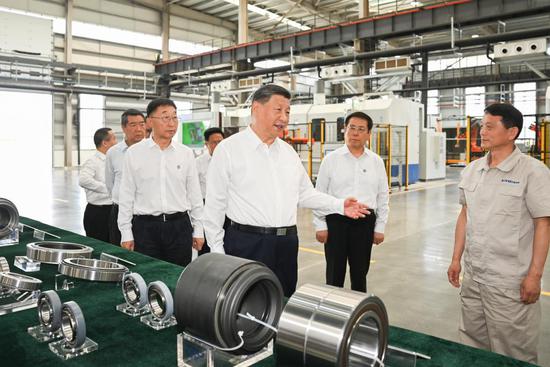
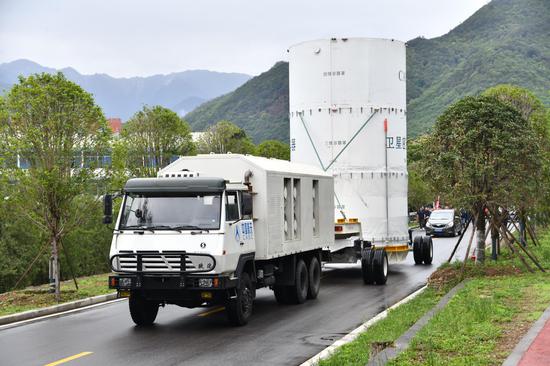




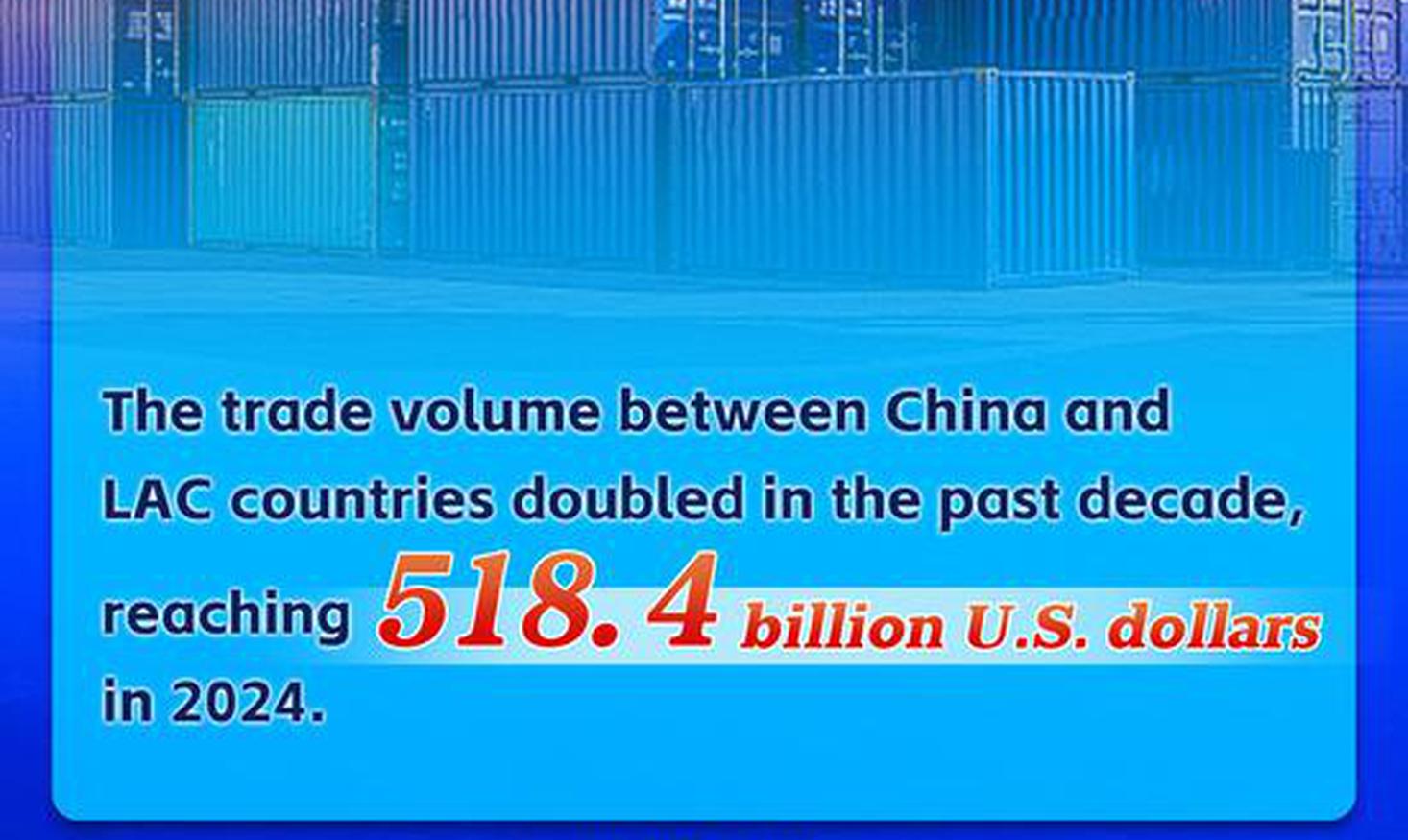







 京公網安備 11010202009201號
京公網安備 11010202009201號